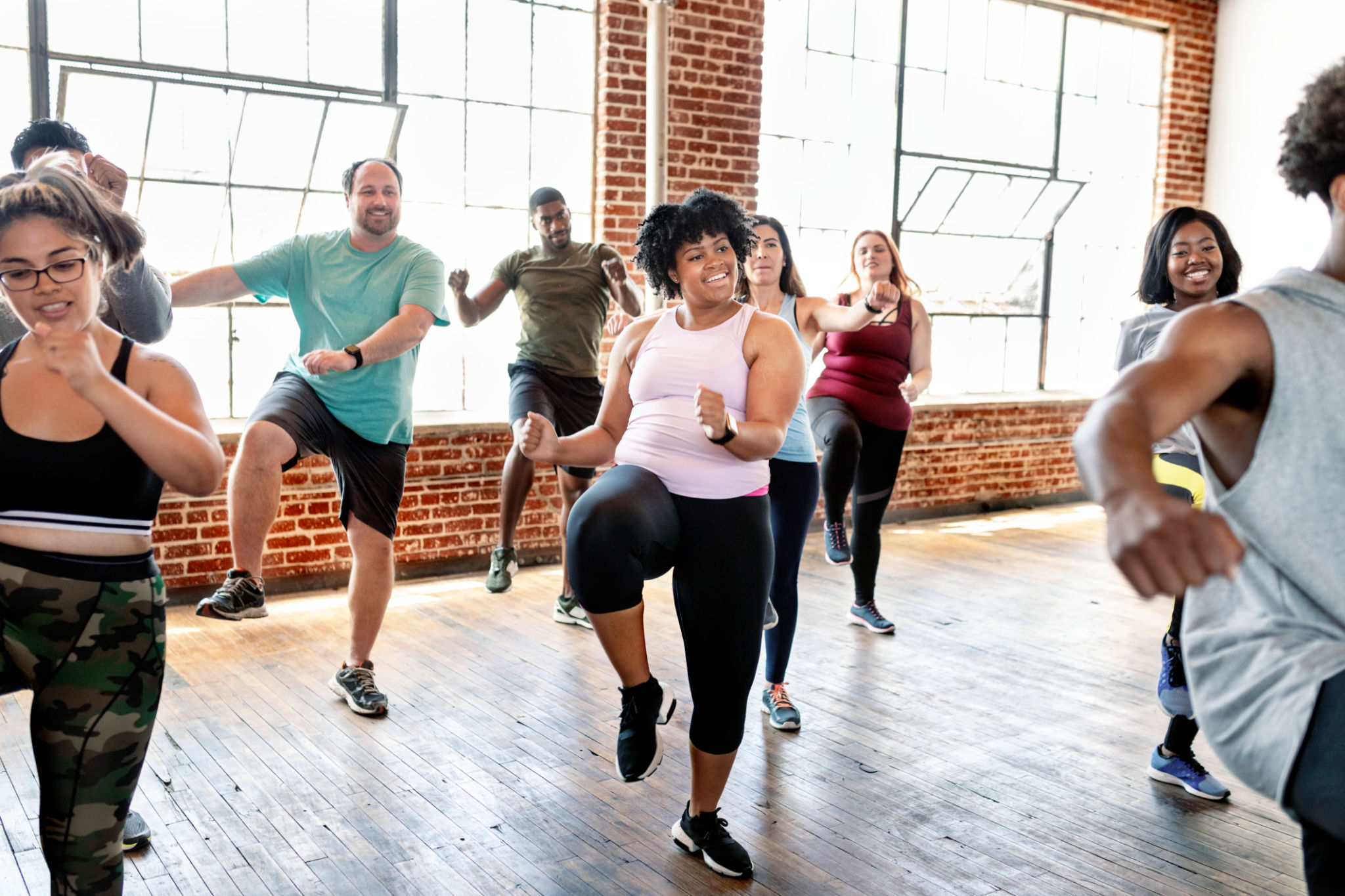How Seasonal Changes Affect Your Diet Planning and Fitness Routine
Understanding Seasonal Changes
As the seasons transition, our bodies often experience various changes that can impact our diet and fitness routines. Temperature fluctuations, daylight variations, and shifts in natural food availability can all play a role in how we eat and exercise. Understanding these changes is crucial for maintaining balance and achieving health goals throughout the year.

The Impact of Temperature on Exercise
Temperature changes can significantly affect your workout routine. During colder months, outdoor activities like running or cycling may become challenging, pushing many to move their workouts indoors. Conversely, warmer weather often encourages people to engage in outdoor sports and activities. Adapting your routine to the seasons helps maintain consistency and motivation.
Consider adjusting your workout times to take advantage of more favorable conditions. For example, exercising early in the morning or later in the evening during summer can help avoid peak heat, while midday workouts might be more comfortable during winter.
Nutrition Adjustments with Seasonal Foods
Seasonal changes also affect the availability of fresh produce. Embracing seasonal fruits and vegetables not only supports local agriculture but also ensures a diverse intake of nutrients. Autumn may bring an abundance of root vegetables, while summer offers a variety of fresh berries and greens. These natural cycles offer an excellent opportunity to explore new recipes and nutrition plans.

Here’s how you can adjust your diet with the seasons:
- Spring: Focus on leafy greens and fresh herbs to detoxify and energize.
- Summer: Incorporate hydrating fruits like watermelon and cucumbers.
- Fall: Include warming spices and hearty vegetables like squash.
- Winter: Opt for citrus fruits and vitamin-rich foods to boost immunity.
Adjusting Fitness Goals
As seasons change, so can your fitness goals. Winter might be a great time to focus on strength training indoors, while summer could be ideal for cardio-intensive activities like swimming or hiking. Tailoring your goals to match seasonal opportunities can keep your routine exciting and aligned with your lifestyle.

Moreover, it's vital to listen to your body’s signals as it adapts to seasonal shifts. Some people may feel more energetic during certain times of the year, while others might experience fatigue. Adjusting your intensity levels and rest days based on how you feel is essential for sustainable progress.
Staying Motivated Year-Round
Maintaining motivation throughout the year can be challenging as seasons change. Setting short-term goals that align with the season can help keep you focused. Additionally, joining group classes or community events related to seasonal activities can provide a support system and make exercise more enjoyable.
Remember to celebrate small victories and adapt your routines as needed rather than adhering rigidly to a plan that may no longer suit your current situation. This flexibility will help you stay motivated and committed to your health journey all year long.

